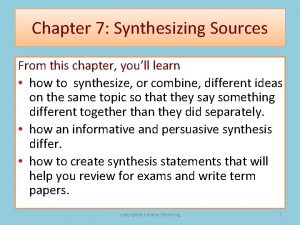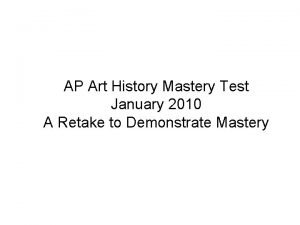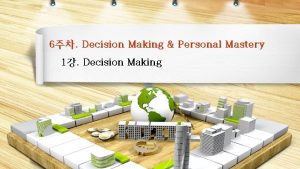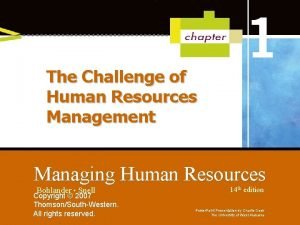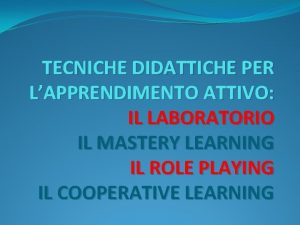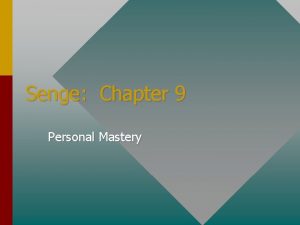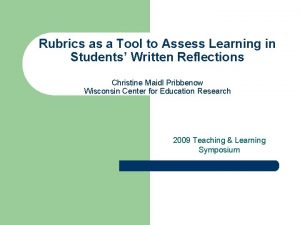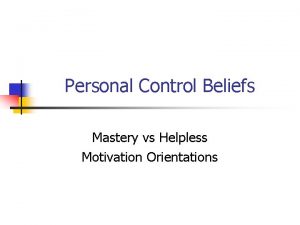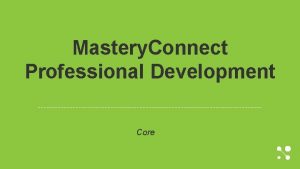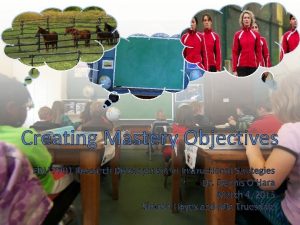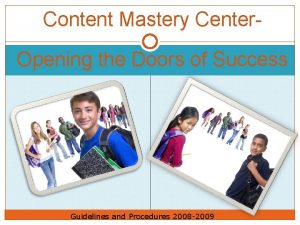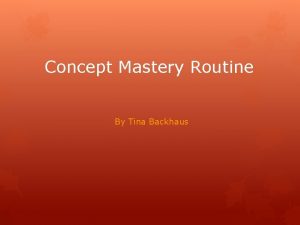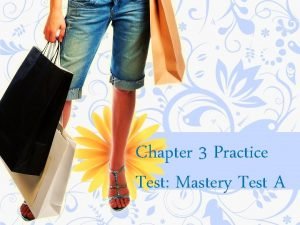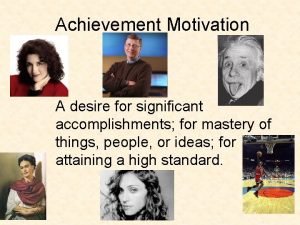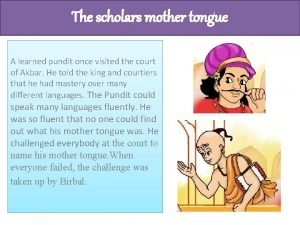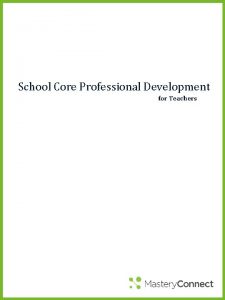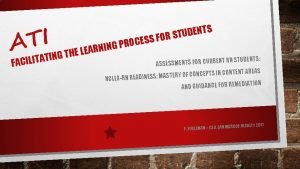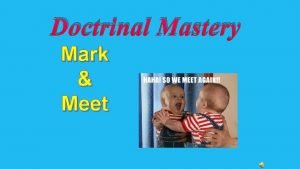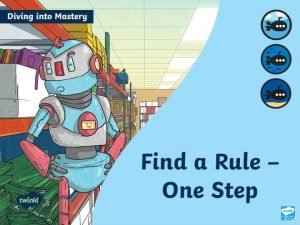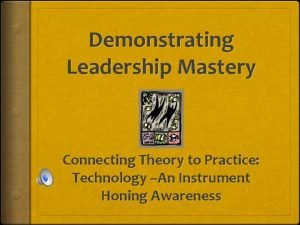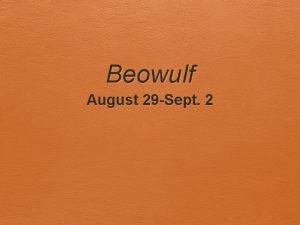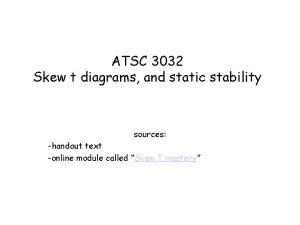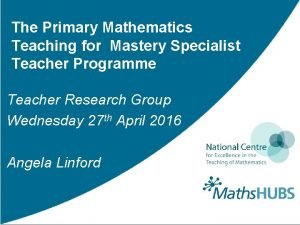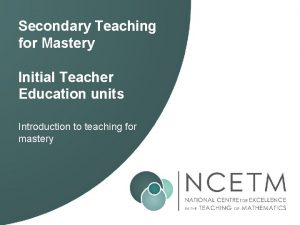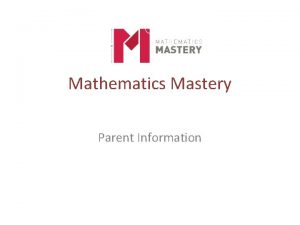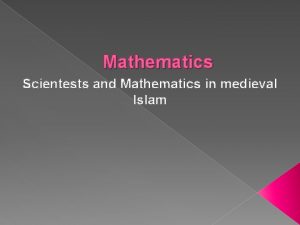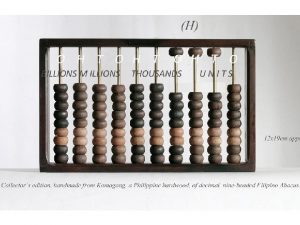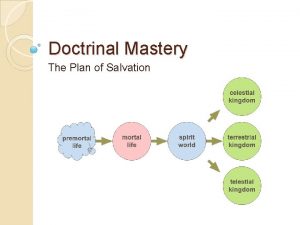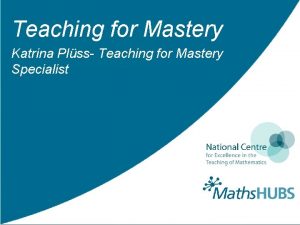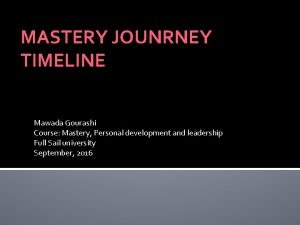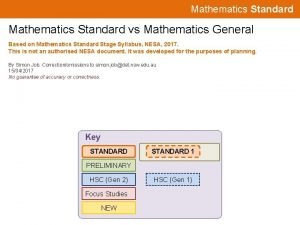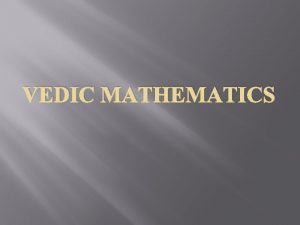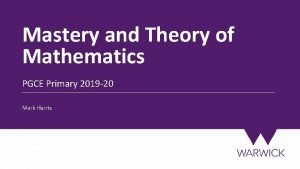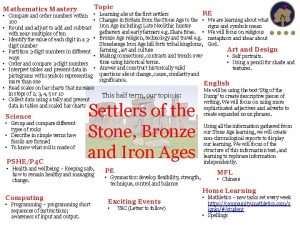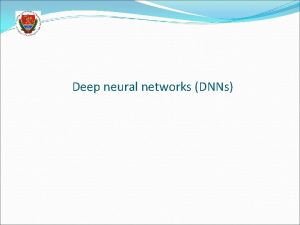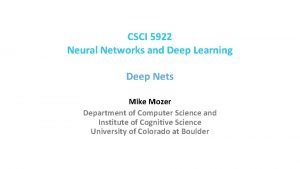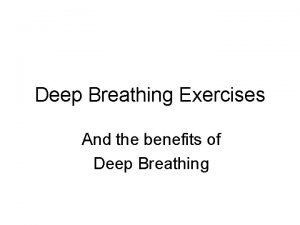Mastery in Mathematics What is Mastery Deep and




































- Slides: 36

Mastery in Mathematics

What is Mastery? • Deep and sustainable learning in small steps • The ability to build on something that has already been learnt. • The ability to reason about a concept and make connections. • To have conceptual and procedural fluency.

How is depth achieved in Maths? • Longer time on maths topics • Intelligent practice (variation with small steps) • Detail in exploring the concept - all aspects exposed and linked (coherence) • Questioning and activities develop reasoning and make connections (mathematical thinking)

Depth not acceleration The old curriculum, measured in terms of levels, encouraged undue pace. Children were accelerated onto more complex concepts before really mastering earlier ones. The new curriculum encourages a study of fewer skills in greater depth - mastery.

Key Features of Mastery Teaching struggling learners and fast Graspers Access and Challenge Class taught as a whole Children talk and learn in mixed ability pairs Partners change regularly Ping Pong style of teaching meaning teacher and pupils interact with each other throughout the lesson as a whole

Mathematics programmes of study state that: All pupils should become fluent in the fundamentals of mathematics, including. . varied and frequent practice, so that pupils develop conceptual understanding and are able to recall and apply their knowledge rapidly and accurately to problems.

Pupils who grasp concepts rapidly should be challenged through rich and sophisticated problems before any acceleration through new content. Those pupils who are not sufficiently fluent with earlier material should consolidate their understanding, including through additional practice, before moving on.

The expectation is that the majority of pupils will move through the programmes of study at broadly the same pace. When to progress should always be based on the security of pupils’ understanding and their readiness to progress to the next stage.

The stages of representation. . . Famously, the educational psychologist Jerome Bruner recognised that children have difficulty accessing abstract concepts - like the value of a number compared to the written numeral. Success can be achieved by experiencing three stages of representation: Concrete / enacting Pictorial / iconic Abstract

Concrete, Pictorial (iconic), Abstract

Concrete – with specific values

1 2 Resources and Representations of Mathematics • Resources to help build concepts Ofsted 2013

1 3 Have a go… • Make ten in as many different ways as you can with the resources on your table • Now show number bonds to ten in as many different ways as possible Ofsted 2013

1 4 Addition and subtraction model 8 ? 3 3 3 + = - = Identification of relationships and making connections supports depth and sustainable learning and paves the way for later learning

The Exchange Game – the beginning of column addition.

Over to the children • Video of Yr 3 children using resources for column addition (exchanging)

Your turn! • Use the resources to carry out this calculation: 324 + 153 = • Next step is exchanging so now try this one: 473 + 328 =

Prior learning for column subtraction • • • Pupils need to: Be fluent in their number facts of single digit numbers Understand the place value of the digits Understand the relative size of the digits Have a good understanding that 47 and 38 can be partitioned into tens and ones • Understand that subtraction is represented by 2 models - take away and difference

The Exchange Game – for column subtraction.

Over to the children • Video of children using resources for column subtraction (exchanging)

Your turn! • Use the resources to carry out this calculation: 354 - 123 = • Next step is exchanging so now try this one: 473 - 328 =

Progression through the stages • Struggling learners often get “stuck” in the concrete stage. • It is important that we move them on and show them how to move through each stage and onto the abstract. Ø Fast graspers often view the concrete as unnecessary or even ‘beneath them’ but they need to use the resource to explain their reasoning.

Fluency Reasoning Problem Solving

Multiplication and Division

Which is the most useful representation of 7 X 6? Why? 7 x 6 = 42 6 x 7 = 42 7 x 6 = 42 6 x 7 = 42 7 x (5+1) = 42 (5+2) x (5+1) = 42

2 6 Sally knows all her tables up to 12 X 12 When asked what is 13 X 4? She looks blank Does she have fluency and understanding?

Fluency Reasoning Problem Solving

Arrays extend into upper KS 2 and beyond 4/7 x 7/8 = The overall array has been divided into 8 x 7 smaller parts, hence the denominator is 56. The shaded part is 7 x 4 = 28. So the answer is 28/56 or 1/2. “Models in Mind, ” Mike Askew nrich. maths. org



Bar modelling for scaling Peter has 4 books Harry has five times as many books as Peter. How many books has Harry? 4 4 4 × 5 = 20 Harry has 20 books

Bar modelling with division Mr Smith had a piece of wood that measured 36 cm. He cut it into 6 equal pieces. How long was each piece? 36 ÷ 6 = 6 Each piece is 6 cm

Bar modelling with division and fractions Find 1/5 of 30 The same image can be used to find 2/5 or 3/5 of 30 etc.

3 4 Ralph posts 40 letters, some of which are first class, and some are second. He posts four times as many second class letters as first. How many of each class of letter does he post?

• He posts four times as many second class letters as first. • How many of each class of letter does he post? 1 st 2 nd Class 8 8 40 ÷ 5 = 8 8 x 4 = 32 2 nd Class 32 letters 1 st Class 8 letters 8 8

What is Mastery? • Deep and sustainable learning in small steps • The ability to build on something that has already been learnt. • The ability to reason about a concept and make connections. • To have conceptual and procedural fluency.
 Deep asleep deep asleep it lies
Deep asleep deep asleep it lies Deep forest towards an alternative to deep neural networks
Deep forest towards an alternative to deep neural networks 深哉深哉耶穌的愛
深哉深哉耶穌的愛 Synthesizing sources examples
Synthesizing sources examples Byron shelley and keats mastery test
Byron shelley and keats mastery test Isenheim altarpiece ap art history
Isenheim altarpiece ap art history Creativity and personal mastery
Creativity and personal mastery Doctrinal mastery core document.
Doctrinal mastery core document. Hr mastery
Hr mastery Mastery learning definizione
Mastery learning definizione Maths mastery year 3
Maths mastery year 3 Senge personal mastery
Senge personal mastery Mastery rubric
Mastery rubric Helpless orientation
Helpless orientation Www.masteryconnect.com login
Www.masteryconnect.com login Mastery connect code
Mastery connect code Mastery rubric
Mastery rubric Mastery objectives examples
Mastery objectives examples What is content mastery
What is content mastery Concept mastery routine
Concept mastery routine Chapter 3 mastery test a answers
Chapter 3 mastery test a answers Desire for significant accomplishment
Desire for significant accomplishment 5 levels of mastery
5 levels of mastery The scholars mother tongue
The scholars mother tongue Mastery connect.com
Mastery connect.com Ati grading rubric
Ati grading rubric Doctrinal mastery scriptures
Doctrinal mastery scriptures D&c 64:9-11
D&c 64:9-11 Diving into mastery
Diving into mastery Mastery connect
Mastery connect Beowulf double entry journal answers
Beowulf double entry journal answers Mastery points lookup
Mastery points lookup Skew t mastery
Skew t mastery Mastery connect/bubblesheet
Mastery connect/bubblesheet Inner peace mastery
Inner peace mastery Primary mathematics specialist teacher programme
Primary mathematics specialist teacher programme 5 big ideas maths mastery
5 big ideas maths mastery



